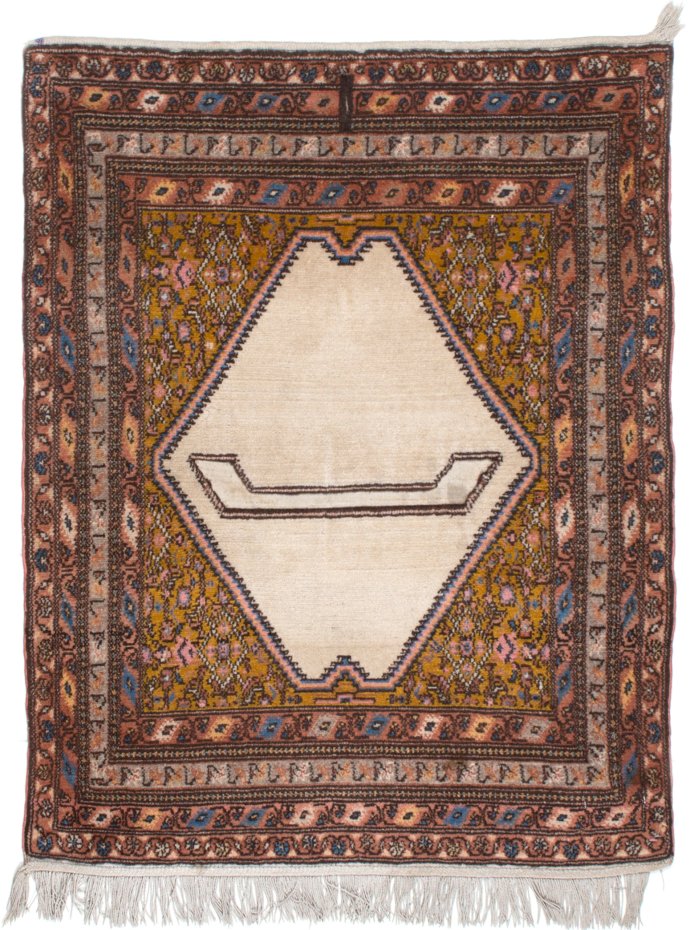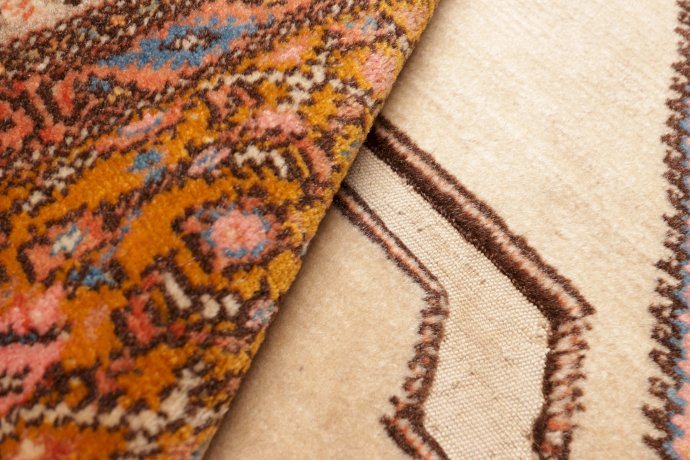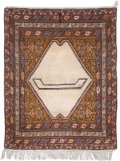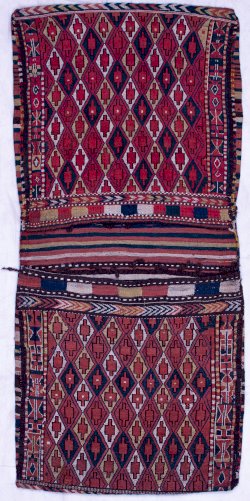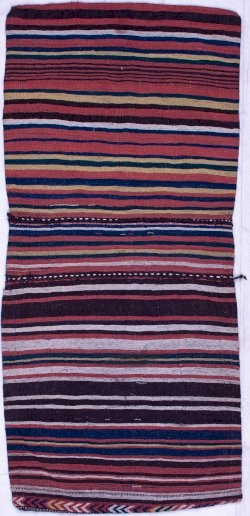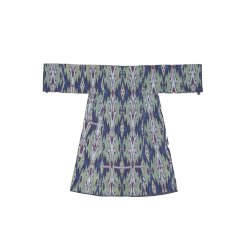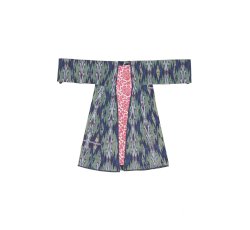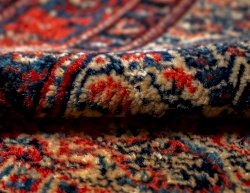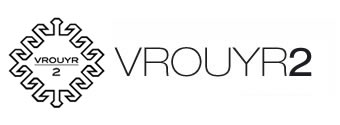REF.: R16324
Senneh saddle rug
| Price range: | €500,00 - €1.000,00 |
| Description: | Senneh saddle rug |
| Dimensions: | L92xB73 |
| Origin: | province of Kurdistan |
| Period: | 1880-1940 |
| Medium: | pile: wool / warp: cotton / weft: wool |
| Technique: | Hand knotted |
Coulours may appear different on the website than in reality. All mentioned prices and sizes are indicative and not binding. Possibly some rugs that are still online, are not available anymore in the showroom.
Senneh rugs come from Sanandaj, the capital of Iranian Kurdistan.
The name of the Persian knot (asymmetrical) is borrowed from this town. Its production, at the end of the 19th century, achieved worldwide renown thanks to its perfect execution of carpets and kilims.
Paradoxically, Sanandaj lies at the heart of a region where the Turkish knot (symmetrical) is mainly used. The weavers of Sanandaj were able to produce, on a silk warp and weft, carpets with a knot density of well over a million knots per square metre.
« The weavers in Senneh spin their own yarn,very thin and with considerable twist. You meet them in the street spinning as they walk. The Senneh dyers are skilled and careful, and the dyes which they use are good. Their medium blue is as fresh and clean as any dyed in Persia; and their yellow (which they dye with vine leaves mordanted with alum) is as rich as guinea gold.
While I was in Senneh, I had the satisfaction establish...

